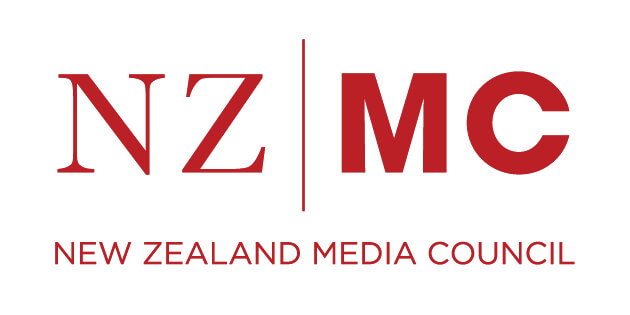GOPAL HARLOW AGAINST NEW ZEALAND HERALD
Case Number: 2804
Council Meeting: AUGUST 2019
Decision: Upheld with Dissent
Publication: New Zealand Herald
Ruling Categories:
Accuracy
Headlines and Captions
The Complaint
Gopal Harlow complains about a 6/6/2019 NZ Herald article reporting on the prevalence of sexual assault among university students.
The report is based on a Stuff.co.nz article which cited research by PhD student Kayla Stewart from Otago University.
Mr Harlow takes issue with a headline which states: One in three students are sexually assaulted during their studies: new research. The first paragraph readsOne in three university students will be sexually assaulted while they are studying, new research reveals.
The story then goes onto explain that the survey was sent to 2700 students at a New Zealand university asking them if they had experienced a non-consensual sexual experience. The headline was based on the responses, in which more than a third of respondents said they had experienced some form of sexual assault.
Mr Gopal complains that this does not line up with the headline - 36 per cent of respondents is not one in three students, it is one in three respondents.
The Response
NZ Herald senior newsroom editor Oskar Alley responded that media regularly report on the results of polls and surveys and it is commonplace for a headline to refer to one or more of the headline numbers as this is the “news hook’ for the article.
Mr Alley points to previous Media Council decisions that suggest a headline cannot be expected to canvass every detail of the article it summarises and the headline must be read in conjunction with the full article.
In this case the article clearly explained the methodology behind the research.
The story made it entirely clear the survey was of the opt in variety and this was included to help the reader form their own view on the survey’s reliability.
The Discussion
The NZ Herald article was a “matcher” to a piece on the rival Stuff.co.nz website, which - like the Herald - uses the finding about a “third” of university students being sexually assaulted as the hook for its headline.
Stuff’s headline reads “A third of NZ university students are sexually assaulted, a study suggests.”
This headline treatment presents the findings as suggestive rather than conclusive.
Given the nature of the survey this is an important difference.
While Mr Alley is correct that it is common for media to report on poll findings and surveys as a representative number, the methodology behind this survey is far from clear in either theNZ Herald or Stuff report.
However, this complaint focuses solely on the NZ Herald report so that is what this decision deals with.
The survey is explained as being sent out to 2700 students “at a New Zealand university”. It is not clear why the university was not named but assuming it was Otago, where the study author was based, this number represents only a small portion of the approximately 18,000 full time students.
The article does not explain
- The response rate for the survey
- how the survey recipients were selected, and in particular whether recipients had to make a request to participate or whether the survey form was sent unsolicited to selected participants. If the former, then the response rate is likely to have been higher.
- whether the sample size was weighted for gender, age, ethnicity and other demographics.
The only thing that does seem clear, however, is that the respondents were self-selecting.
This fact, together with the omissions noted above appear to differentiate this survey from a traditional poll where there may only be 1100 or so respondents but the methodology is clearly explained and the results are applied according to well understood scientific methods.
Some members of the Media Council believe that as an academic survey it can be assumed there was similar rigor applied to the methodology in this case. However, the complaint under consideration is not about the survey but about the reporting of it. It may well have been carried out to a high level of competence, but there is insufficient evidence in the article for a reader to form any opinion on its validity or to support the headline statement about the rate of sexual assault.
While Mr Alley may be correct that introducing that level of detail in a headline is unnecessary, readers are entitled to view the headline in conjunction with the first paragraph of the story as presenting a more complete picture.
The first paragraph seems equally definitive, telling readers: One in three university students will be sexually assaulted while they are studying, new research reveals.
The reader is neither invited to use a level of caution about the survey results, nor given any information on which to form a judgement about its robustness. The headline was misleading and in breach of principle 6. It stated that one third of students are sexually assaulted, whereas the survey only revealed that one third of those who responded to a survey were sexually assaulted.
The complaint is upheld with one Council member, Craig Cooper, dissenting.
Media Council members considering this complaint were Hon Raynor Asher, Rosemary Barraclough, Liz Brown, Craig Cooper, Jo Cribb, Ben France-Hudson, Hank Schouten, Marie Shroff, Christina Tay, Tim Watkin and Tracy Watkins.
